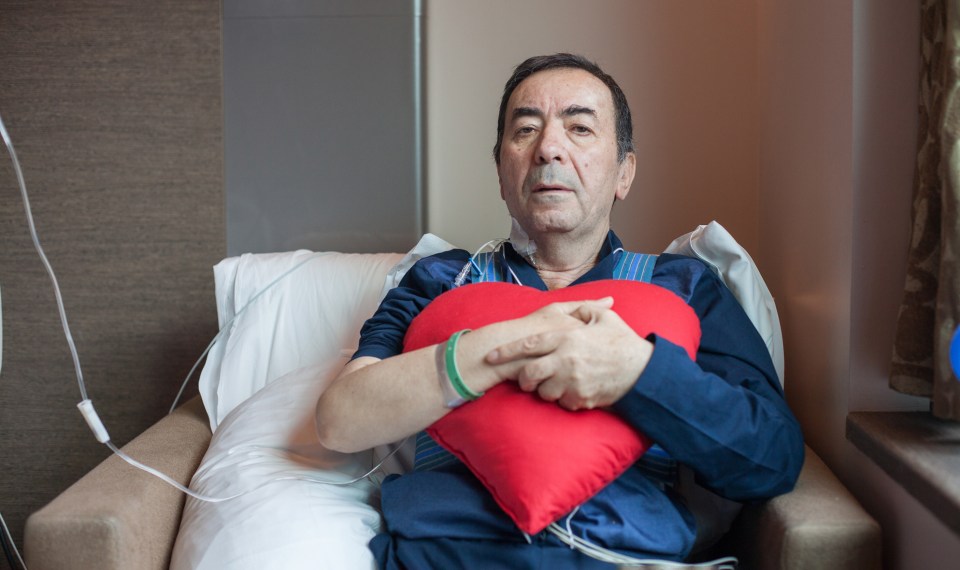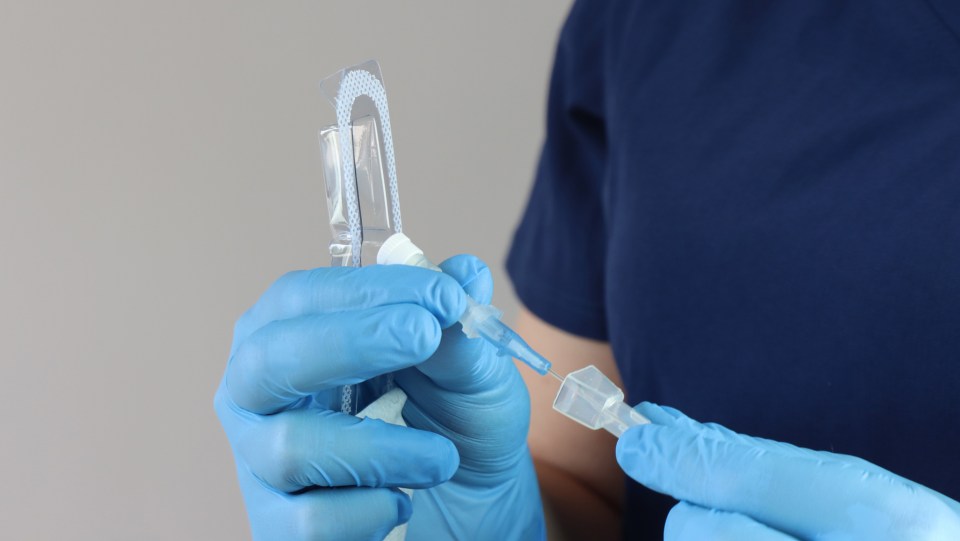Heart surgery is usually a major surgery and becomes more complicated if you also suffer from other medical conditions. Heart surgery recovery is a gradual process—usually six to 12 weeks—and your best chance of making a full recovery is to prepare ahead of time. Making sure you have a clear understanding of the procedure and healing process is essential and so is ensuring you have the right equipment in place following the surgery. Items such as a heart surgery pillow can help reduce some of the pain that comes with heart surgery recovery.
Restoring Lung Function is A Key Focus of Recovery
Shortness of breath is a very common side effect after open-heart surgery. This is due to several factors:
- Heart muscle recovery. As the heart heals, its pumping ability begins to improve but you may notice shortness of breath with activity during this time.
- Mucus in the lungs. Since you received general anesthesia and spent time on a ventilator, you will experience an increase in mucus production in your airways. Deep breathing and coughing are important in clearing your lungs of these secretions.
- Reduced mobility. Decreased movement after surgery can inhibit the lungs from fully expanding.
- Breathing tube irritation. Irritation from the breathing tube placed during the heart procedure can impact your ability to take a deep breath comfortably.
Deep breathing and coughing help to fill the small air sacs in the lung and reduce the risk of complications such as pneumonia and pleural effusion (a build-up of fluid in the pleural space between the lungs and chest cavity). An incentive spirometer is often used to encourage deep breathing to keep the lungs clear.
While it is natural to be hesitant to practice deep breathing and coughing, it is necessary. Using a support device, such as a heart surgery pillow, to splint the chest is one way to reduce pain.
Benefit of Heart Surgery Pillow
Open-heart surgery requires opening the sternum to gain access to the heart. This means actions like deep breathing, coughing, sneezing and sitting up can cause discomfort. Managing pain makes it more likely you will do your breathing exercises and activities—that’s where the heart surgery pillow comes in.
This simple product has proven invaluable to many post-surgery heart patients. The large heart-shaped pillow filled with a firm stuffing offers sternal support during coughing or other strenuous movements and can help prevent injury to the wires holding the sternum in place as it heals.
How a Heart Pillow Can Help in Rehabilitation
Heart surgery recovery can require additional care, and your doctor may refer you to inpatient rehabilitation to help you get back to your daily activies and life more quickly. Your treatment will include at least three hours of therapy a day from an occupational and physical therapist. During this time, you care team may recommend a heart surgery pillow to help you complete your therapy while also managing your pain. For example, by clutching the pillow to your chest, your therapists can help you learn to use your core muscles and legs to rise to standing, rather than pushing off with your arms, which can cause undue pain.
They may also advise you to use a cold gel pack to help with post-operative pain when coughing after cardiac surgery. Certain heart surgery pillows have a hidden pouch that can accommodate a gel pack.
Some heart pillows even feature an anatomical drawing of the heart and can be used for patient education. Hospital staff and physicians often autograph the pillows or write messages of encouragement to boost morale and provide some levity.
The content of this site is for informational purposes only and should not be taken as professional medical advice. Always seek the advice of your physician or other qualified healthcare provider with any questions you may have regarding any medical conditions or treatments.



